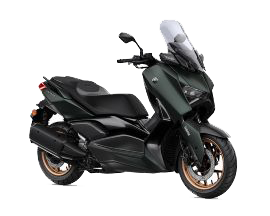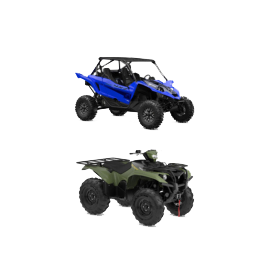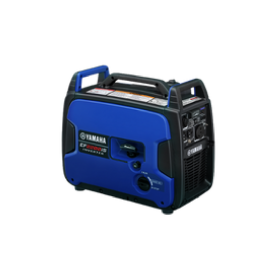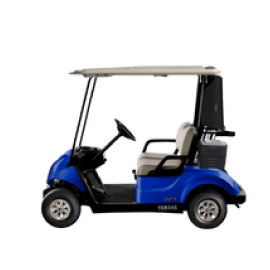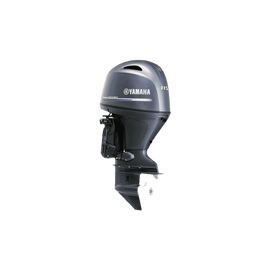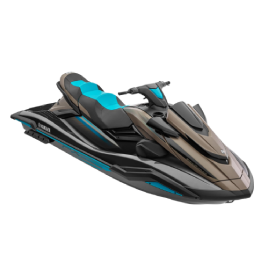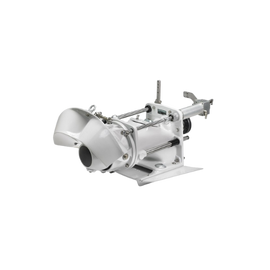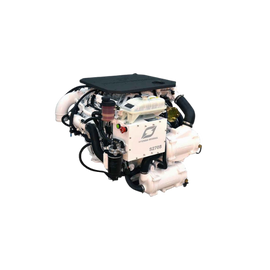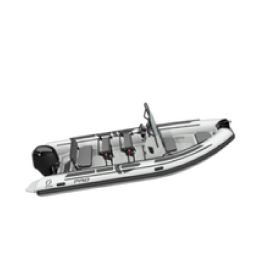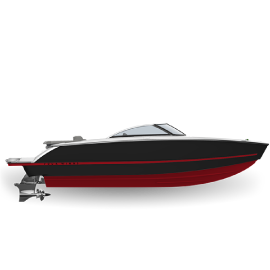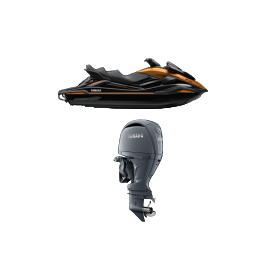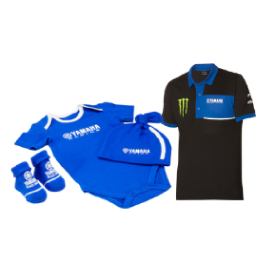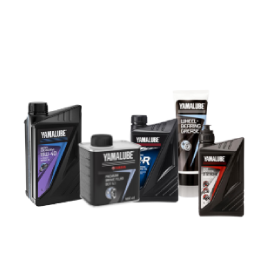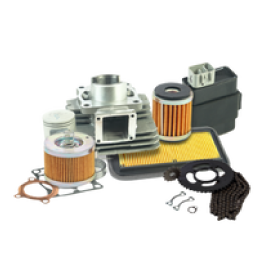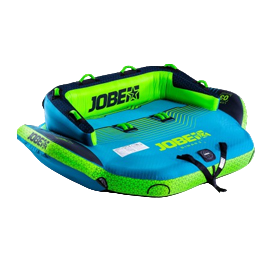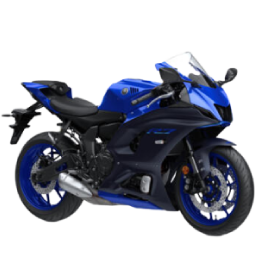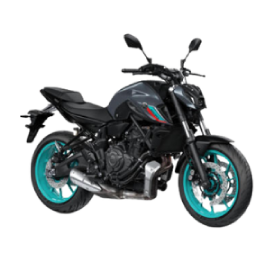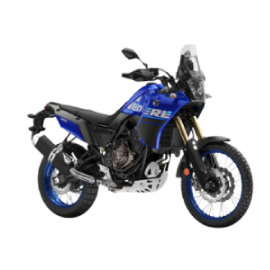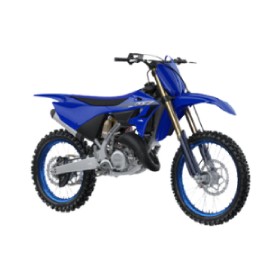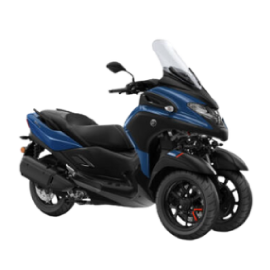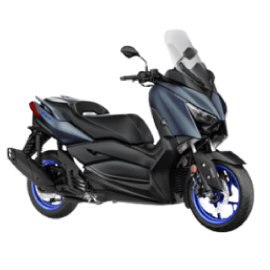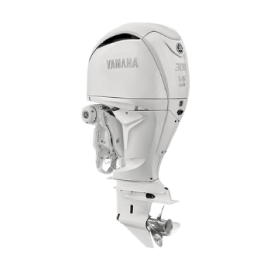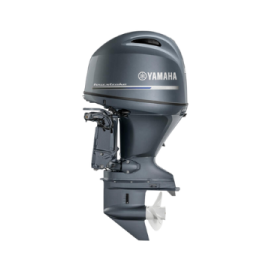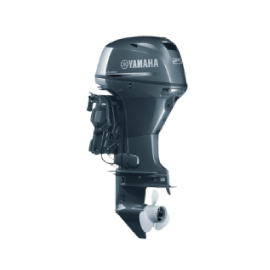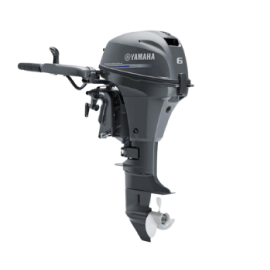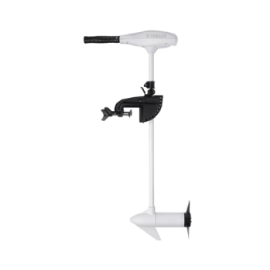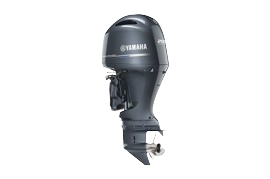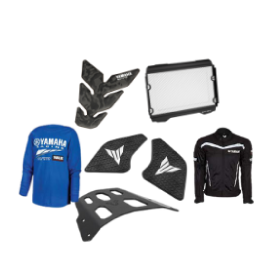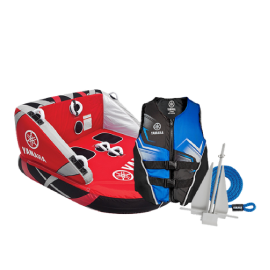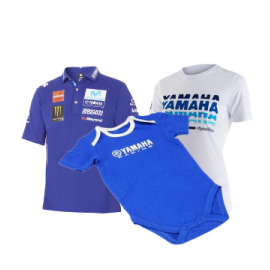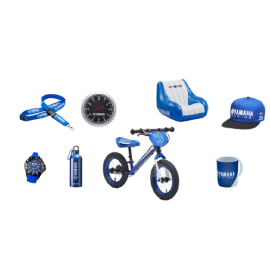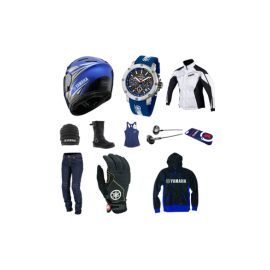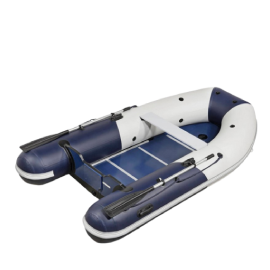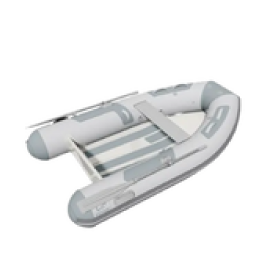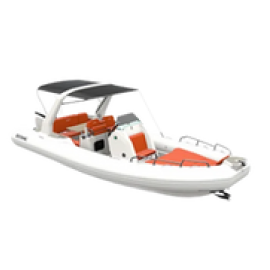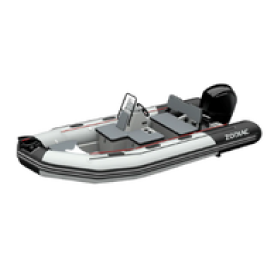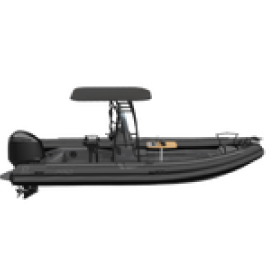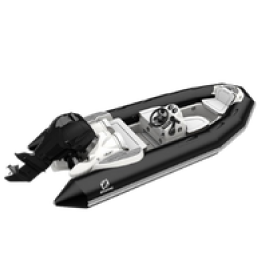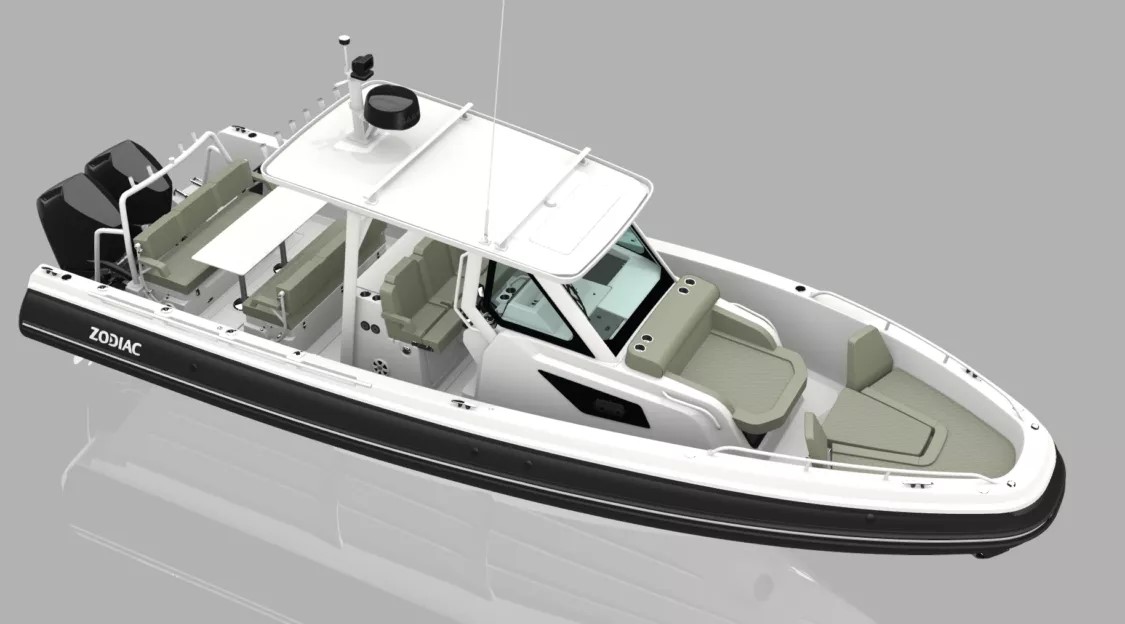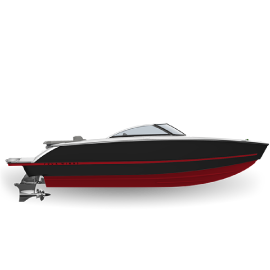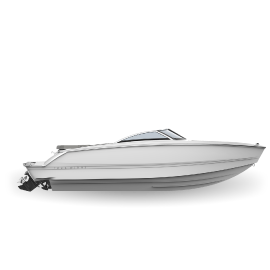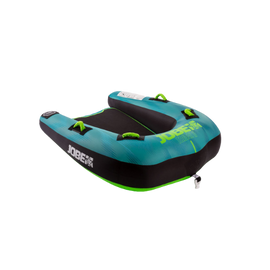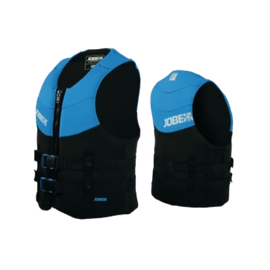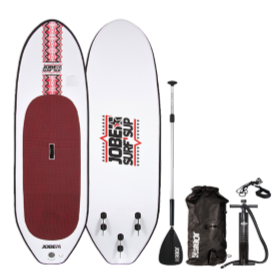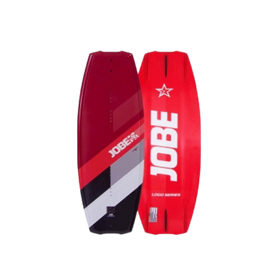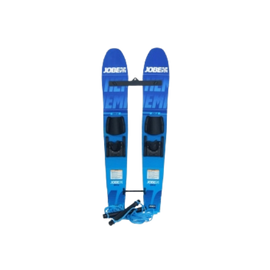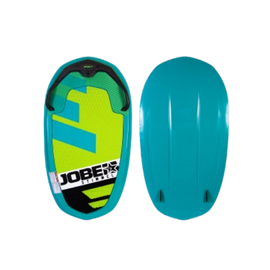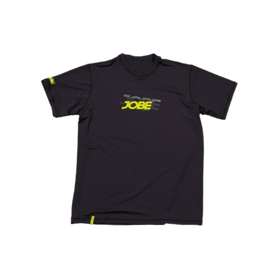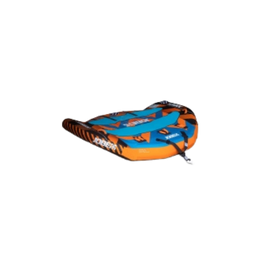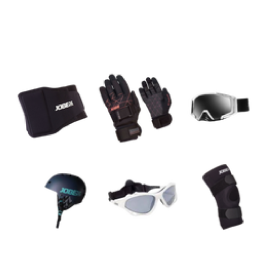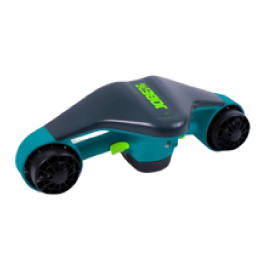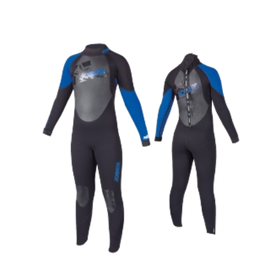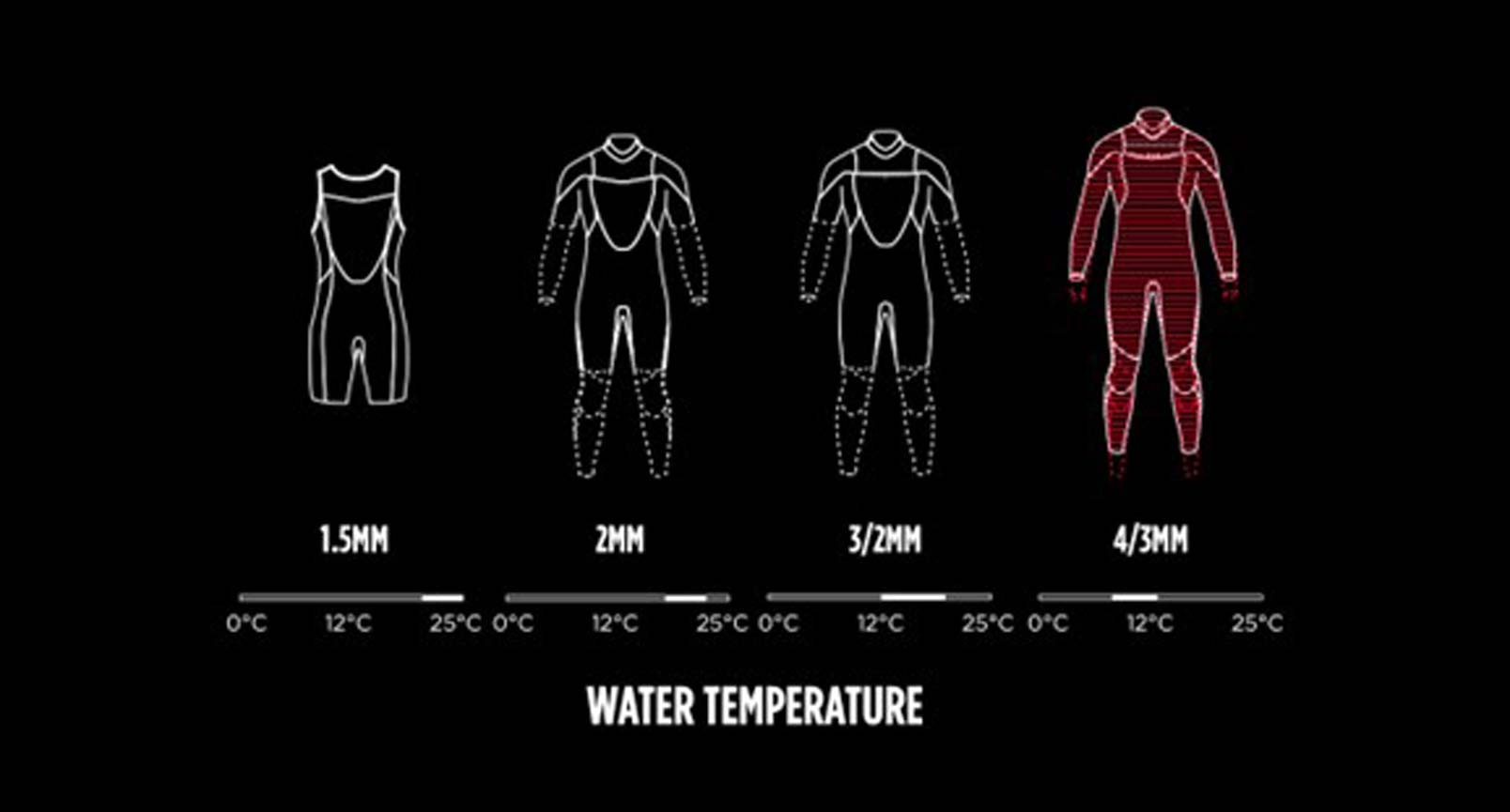Choosing a wetsuit involves considering factors like water temperature, activity type, and body size. Thickness matters—thicker for colder water, thinner for warmer. Styles vary from full suits for maximum warmth to shorties for less coverage. Proper fit is crucial for comfort and effectiveness. Neoprene is a common material, with higher-quality suits using advanced materials for added insulation. Consult sizing charts and activity requirements when selecting your wetsuit.
Wetsuit sizes are similar to regular clothes, but fit snugly for insulation and flexibility. Consider sizing up or down based on your preference for tightness. Ensure it's neither too tight nor too loose for optimal movement. Also, factor in wetsuit thickness and intended activity when choosing the right size.
Choose your wetsuit based on water temperature:
Below 57°F (14°C): Opt for a full wetsuit, 4/3mm or thicker.
57-64°F (14-18°C): Choose a full suit, 3/2mm or thicker.
64-77°F (18-24°C): Go for a shorty wetsuit, 2mm or thicker.
Above 77°F (25°C): A shorty wetsuit, 1.5mm or thicker, is ideal.
These are general guidelines. Your wetsuit thickness depends on your cold water tolerance, duration in the water, wind, air temperature, and activity level.
Wetsuits: Your Ultimate Guide (2023)
Designed for water activities, wetsuits made of neoprene provide insulation and protection. Choose based on water temperature, fit, and activity. Read sizing charts and consider specific needs. Wetsuit thickness matters—thicker for colder water, thinner for warmer. Keep in mind personal tolerance, duration in the water, wind, and activity level when selecting.
Wetsuit Sizes and Temperature
Wetsuit sizes align with regular clothing but fit snugly for insulation. Consider thickness, activity type, and personal preference for the right fit. Thicker suits for colder water, thinner for flexibility in warmer conditions.
Wetsuit Warmth
Wetsuits trap a layer of water for insulation but aren't designed for extremely cold conditions. Thickness determines warmth, but wetsuits are not a substitute for drysuits or thermal layers in freezing water. Consider external factors like wind, air temperature, and personal cold tolerance for overall warmth.
Wetsuits can be used for swimming, providing insulation and skin protection. However, they are not flotation devices and should not be relied upon for safety. Use proper flotation devices when needed, especially when swimming alone. Wetsuits aren't suitable for extremely cold water; consider your tolerance and water temperature. Exercise caution, follow safety guidelines, and ensure a properly fitting wetsuit for unrestricted movement.
Why does your wetsuit smell, and how to prevent it?
Wetsuits can develop odors if not cared for properly. Reduce the smell by rinsing the suit thoroughly after use to remove debris, drying it completely before storage, and storing it in a well-ventilated area. Bonus tip: consider using specialized soaps or shampoos for wetsuit cleaning to keep it smelling fresh.
Best Wetsuit for You:
Shorties
Shorty wetsuits provide thermal insulation and upper body/thigh protection while exposing arms and lower legs. Ideal for warm water, they're popular among wakeboarders and paddleboarders, offering mobility and flexibility. The shorty design allows easy movement for water sports activities.
Fullsuits
Fullsuits provide full-body thermal insulation and protection in cold water. Covering arms and legs, they're ideal for colder conditions, offering maximum warmth and flexibility. High-end options come with stretchy material for added comfort.
2 Piece Wetsuits
Two-piece wetsuits provide enhanced flexibility and mobility for arms and legs, making water sports activities easier. Mix and match the separate pieces for customized needs. Easy to put on and take off, they're convenient for frequent water entry.








